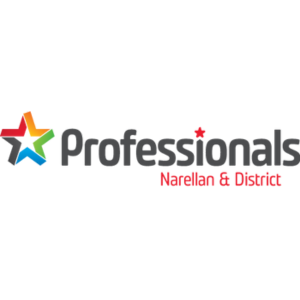Minimizing risk in your building operations
This article was written by Daniel Millstone, VP of Engineering at Enterprise Risk Control, a partner of MRI Software.
Building operators and property managers are on the front lines when it comes to mitigating a variety of risks. What many property managers have been slow to realize is that the impact of risk is far-reaching, and it can enter the business through each phase of the asset lifecycle, whether it be through equipment, assets, or vendors.
Your organization’s risk exposure
The risk of financial loss, damage to your property’s reputation, and regulatory problems aren’t just secluded to one area of the asset lifecycle. You can be exposed to risk in each phase of the lifecycle.
- Asset acquisition: When acquiring new assets, your company is taking on the risk associated with the asset. Because of the acquisition of risk, it’s important for you to conduct due diligence on the seller, including financial, reputation, and regulatory evaluation.
- Operation and maintenance: When it comes to your organization’s exposure to risk, preventative maintenance measures can minimize financial loss. Additionally, maintaining an accurate fixed assets register with current values can make information more reliable and readily available for all who need it.
- Decommissioning: Proper documentation, maintenance history, and other information can minimize the hand-off risk when assets or equipment are decommissioned.
Imagine for a moment a building operator named John. John has been using Vendor X for one of his properties for several years. Vendor X is easy to deal with, they work well within the set budget, and as far as John can tell, they get the job done. John collected all of Vendor X’s credentials and licensing during the initial vendor onboarding process, but he neglected the ongoing collection and verification of the vendor’s credentialing information as the relationship continued.
One day, John takes a closer look at Vendor X and the work they’ve been doing on the property. The closer he looks, the more he realizes that not only has Vendor X been cutting corners on equipment maintenance, they also allowed their trade license, insurance and other credential information to lapse. If John had monitored and updated vendor data and performance, he would’ve noticed how they were misusing the property, creating unnecessary costs, and not in compliance with regulations. But at this point, it’s far too late. John will pay a heavy cost to fix the damage that’s been done to the property.
Three major ways risk can impact your property
Building operators and property managers often have multiple properties to manage within their portfolio, and many times, things slip through the cracks without anyone noticing. As you may have guessed, this kind of lapse can lead to serious exposure to risk. When an incident occurs, your business is at risk of being impacted in three major ways:
- Financial: Since John hadn’t been keeping a watchful eye over Vendor X, he didn’t see just how far the property had fallen into disrepair. Preventative maintenance measures might have saved money, but John was too late for that. Purchasing new assets or equipment is always more expensive than making sure they’re being managed well.
- Reputational: Since Vendor X was doing sub-par work, the property had developed a reputation over time of being “run-down” and “dilapidated.” Had John done a better job of managing Vendor X, he might have prevented the risk to his company’s reputation.
- Compliance: Vendor X let their licensing and credentials expire, which means that John’s property was not in compliance with certain local laws and regulations. John might have been able to catch this had he been continually reviewing and managing the data he collected from Vendor X.
How automation can help reduce risk
While no method of risk mitigation lets you completely eliminate your exposure, automation can help you better manage the risk, no matter where it can be found in the asset lifecycle.
Most building operators collect vendor data upfront, but some tend to store it in a spreadsheet or binder and then never look at it again. Through automation, this data can be updated and continuously managed as time goes on so that important information, like an expired certificate of insurance, doesn’t go unnoticed.
Barcoding your assets and taking pictures of the equipment when maintenance occurs will help confirm the work was completed on the correct equipment. In addition to this, automating vendor data and workflow can help you establish a consistent process for managing vendors, assets, and equipment to reduce risk.
As a building operator or property manager, risk can be found everywhere, and its impacts can be devastating financially, reputationally, and in a regulatory sense. By automating your processes, however, you can lower your exposure and be better prepared for any problems that may arise. Learn more about how technology can improve your building operations and management.
Achieving time savings: How automation reduced hours of work to minutes, boosting efficiency by up to 20%
Professionals Narellan & District Real Estate is a trusted real estate agency offering property management and sales services. To enhance operational efficiency, streamline processes, and foster better collaboration between teams, the agency adop…
